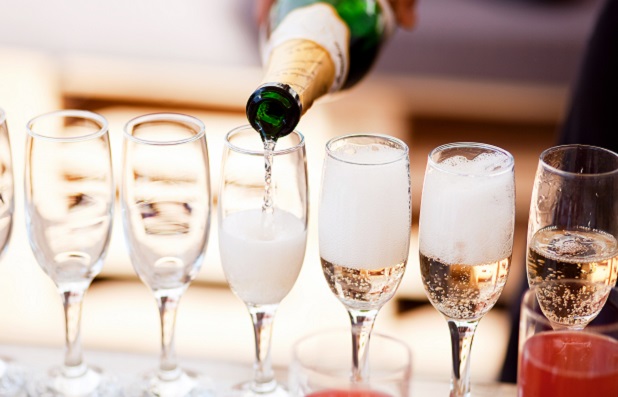Wine Intelligence analysis has found that sparkling wine drinkers are likely to be urban affluent consumers from the under-45 demographic.
Insights from recent Wine Intelligence sparkling wine reports show that consumption of sparkling wine by younger, city-dwelling drinkers was consistent across the Anglophone world.
Wine Intelligence also stated that ‘as with many COVID-era trends, there appears to be an acceleration of patterns that were already present [in the sparkling wine category].’
These trends include the exiting of the category by drinkers over the age of 55, which has been a pattern in sparkling wine since at least 2016, with the result a net-reduction in the total number of sparkling drinkers in certain markets, such as the UK.
Wine Intelligence posited that this loss of older drinkers is likely to be COVID related, as the older cohort is more reluctant to socialise or visit the on-premise than their younger counterparts, therefore limiting or removing traditional sparkling wine occasions.
As with many drinks categories, sparkling wine is also seeing increased ‘premiumisation’ amongst younger drinkers, who are more likely to ‘trade-up’ with their choices. Wine Intelligence has suggested this is another result of COVID-closures. A lack of travel and the closure of venues of long periods of the last two years have led to an increase in disposable income amongst Millennials and legal-drinking-age ‘Gen Z-ers’.
Drinkers in these cohorts are also more enthusiastic about socialising and visiting on-premise venues than older generations. Contrary to sparkling wine stereotypes, new drinkers in the sparkling wine category are more likely to be male than female.
Generally, the reports make for pleasant reading for those in the sparkling wine industry, after global volumes in the category fell by five percent in the first half of 2020. This was a significant shock to one of the wine category’s most consistently successful categories of the 21st century – with Prosecco amongst stronger varietal performers, having found a home in cocktails. 2020 and 2021 have brought a recovery of sorts to the sparkling wine category.
Wine Intelligence has also described a ‘paradox’ in the wine category at large, with the adjacent still wine sector in the UK, Australia and the US increasingly dominated by older consumers. Contrary to the trends in sparkling wine, these drinkers are more likely to have increased their still wine consumption during the pandemic era.
Ultimately, Wine Intelligence has found a long term trend away from sparkling wine as strictly a ‘special occasion’ beverage. A statement to press read: ‘While those over the age of 55 firmly believe that there is a time and place for sparkling wine, namely during special occasions, those in the 25-39 age bracket see no problem having a glass at the end of a weekday or breaking out the bottle during a casual meal at home.’
Nevertheless, sparkling wine is not immune to the moderation and ‘better for you’ trends that are sweeping across the alcohol sector. Wine Intelligence describes a ‘complex picture’ of younger male drinkers, who will drink sparkling products on at least a monthly basis, and slightly older female drinkers, who are cutting back to occasional sparkling usage, or exiting the sparkling category entirely.
Read more or find the full report on Wine Intelligence’s website.

